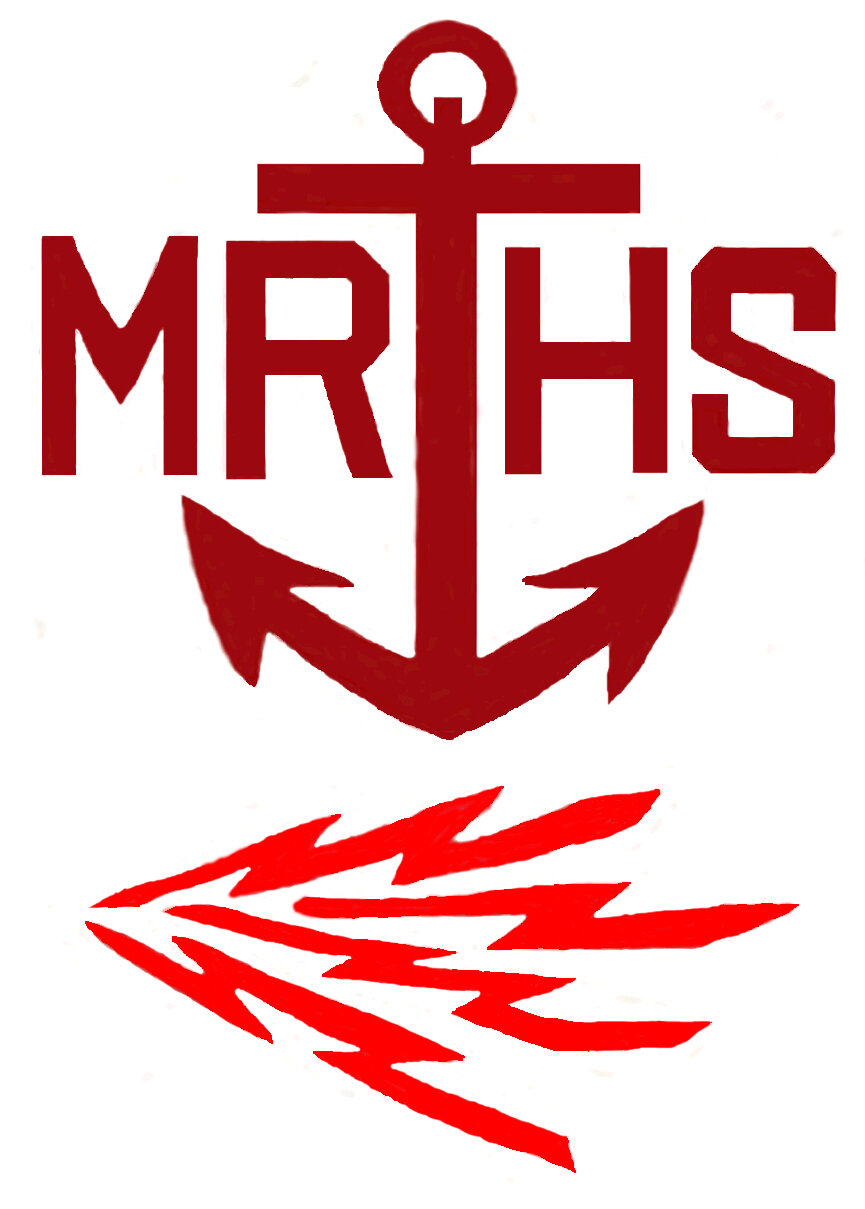Intro to NMO
Reports from NMO - Part 1 500kc.
Copyright © 1994 by Jeffrey Herman All Rights Reserved.
The following series is for the historical record. We are witnessing a never-to-return era of communications style and format that was so perfect that nothing will ever be its equal. I am very glad that I was able to be a part of it, if only for three years.
US Coast Guard Radio Station Honolulu (Callsign: NMO)
In July of 1977, as a 3rd Class Radioman Petty Officer for the U.S. Coast Guard, I received orders to report from Coast Guard Group Monterey, CA, to Coast Guard Radio Station Honolulu in Wahiawa, Hawaii. I had graduated from Radioman School a year earlier concluding 5 months of training in code, propagation, radio fundamentals, ITU procedures, and other such things. 22 words per minute was the minimum code speed needed to graduate; mine was 25.
Radio Honolulu, NMO, is situated on a huge plot of land owned by the Navy, centered in the pineapple fields of Oahu. In addition to NMO, the Navy and the Marine Corps had their Central Pacific Communications command there also. By the way, NMO has the longest overwater microwave link in the world: Oahu to the island of Kauai (for VHF marine band ops).
NMO was set up with the following glass-enclosed operating positions: 500kc CW, HF CW, HF and VHF voice, air-to-ground, RTTY, Fleet Broadcast, landline TTY, and the Chief's desk. From where the Chief RM sat he could watch all of the ops to make sure no one fell asleep; woe to the operator (op) who was caught sleeping while on watch!
The Coast Guard is the only military service that communicates directly with the public. Thus we had to know when to turn off the military radio jargon, in particular on 2182 kc (MF international voice calling and distress freq) and ch. 16 / 156.80 Mc (VHF international voice c & d freq). The voice op was kept busy monitoring over a dozen voice channels: 2182 kc, the 4, 6, 8, 12, and 16 Mc high-seas SSB ship to shore freqs, four VHF repeaters for ch. 16 (NMO had a repeater on Kauai [the above microwave link], Oahu, Maui, and the Big Island, four repeaters for VHF ch. 23, and whatever else the Chief felt needed to be listeded to.
Several times each radio day the voice op had to make broadcasts (WX, Notice To Mariners, etc) on all these frequencies (the timing was critical so the clock had to be checked frequently).
The HF CW position required 2 ops with two racks each consisting of four Collins 651S digital readout receivers scanning the CW calling bands on 4, 6, 8, 12, 16, and 22 Mc. Daytime hours one op would take 8 and 12 - the other operator would take 16 and 22; night time one had 4 and 6 - the other would have 8 and 12. So, an operator might have 8 Mc scanning in his left ear and 12 Mc scanning in his right (the rcvrs automatically scanned a preset band of freqs, for example the 8 Mc calling band for ships calling shore stations runs from 8360.4 to 8374 kc).
A ship calling us might have to send our callsign 20-30 times (no 3X3 format here!) while our rcvr scanned - then the NMO op would hear, from the highest to lowest to highest notes possible (within 1-2 seconds) our callsign being sent; he would quickly shut off the scanner, tune in the ship and turn off our CQ tape (when no traffic is being passed we'd keep the transmitters busy sending: CQ CQ CQ DE NMO NMO NMO QRU QRU IMI OBS AMVER QSS 4 6 8 12 16 22 MHZ AR - sort of an advertisement for traffic), and the exchange might go some thing like this:
DE NMO NMO DE KNFB OBS 8360 K KNFB DE NMO R UP UP EE EE
meaning the ship has a weather observation (every 6 hours starting at 00Z every ship worldwide takes an OBS and passes it, at no charge, to the closest shore stationn), and he wants me to listen for him on 8360 kc; he'll continue to listen to me on NMO's fixed xmtr freq. Notice the sig UP meaning `I'm shifting up to that freq'.
An exchange ALWAYS ends with `dit dit' (and hams thought they invented that!). The above was rare, for during the obs hour not just one ship would call but dozens and dozens would be calling (in both ears with the rcvrs scanning!) so the NMO operator would have to line them up numerically:
KNFB DE NMO UR NR 1 R 8360 TU WSLH UR 2 R 12561 TKS 7XYM UR NR 3 DE 7XYM 8370 R UP ... JGFD UR 25 OK UP 8375 TU
then the op would copy the WX obs from each ship one by one. After working that group of 25 ships he'd turn on the CQ tape again and scanners, and dozens more ships would pounce on him. Since WX is time-sensitive it was a race to `collect' as many OBS as humanly possible; a lazy op might only get 100 during the 30-45 minute period.
